
The right sports hernia stretches not only relieve pain, but help to correct and fix the imbalances and other muscular issues that caused you to get injured in the first place.
Once you have received a successful sports hernia diagnosis it is time to immediately begin the 10-week rehabilitation program.
And that means learning the proper stretches to dramatically increase your chances of a full recovery.
Get the ULTIMATE Sports Hernia Master Guide with 30+ included resources, an in-depth rehabilitation program, tips, tricks, and more! Successfully diagnose, treat, and cure your sports hernia with this complete master guide created by a sports hernia specialist. Note that it is still highly recommended to read this article in full to understand how to get the most out of the guide to treat and cure your sports hernia or groin pain.
7 Best Sports Hernia Stretches
Perform each movement 3 times and make sure to hold each stretch for at least 30 seconds. When you are first starting out, it is important to do them all. As you complete the circuit a few times, you will be able to find which stretches help you the most and then focus more on those specifically.
- Seated Hip Internal Rotator Stretch
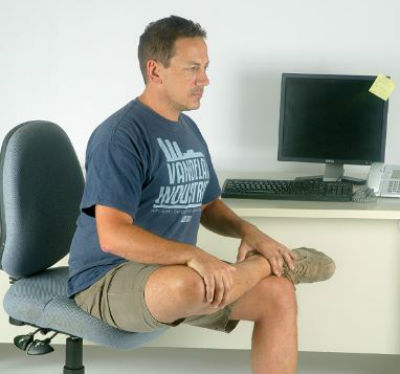
- Hip Flexor and Psoas Bench Stretch
- Standing Calf Stretch
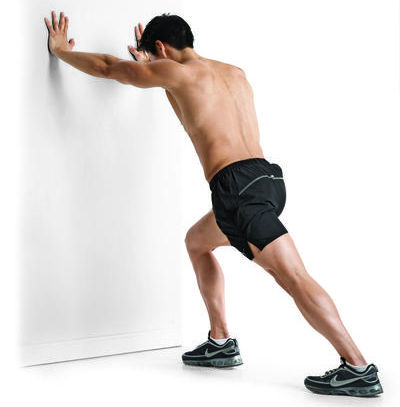
- Table Hip Flexor and Psoas Stretch
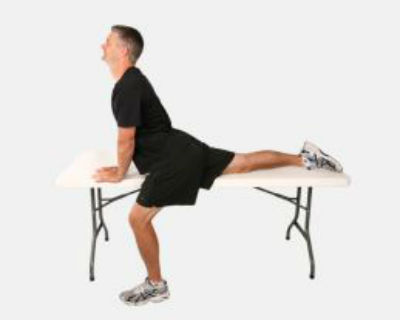
You can also perform this movement on a bed if a table is too uncomfortable.
- Seated Groin Stretch
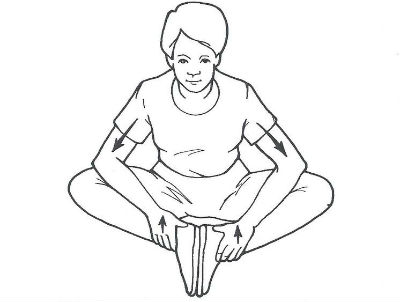
- Frog Stretch
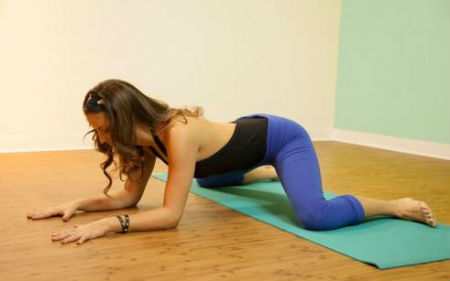
- Lying Quad Stretch
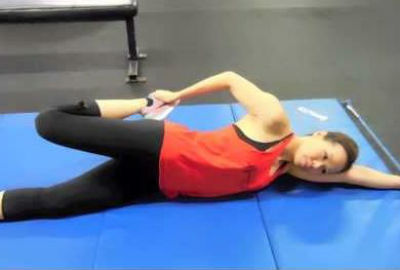
- Standing Hamstring Reach
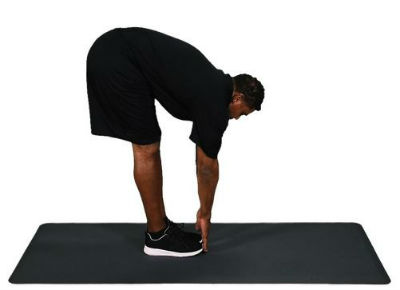
How to Make Sports Hernia Stretches Work Much Better, for Longer
But before you dive into the 10-week rehabilitation protocol, it is a good idea to start stretching and building a base of mobility. It is likely that your body is extremely tight and inhibited—“loosening up” some before completing the exercises will not only make everything much less miserable, but more effective as well.
This comes down to the coveted 3-point physical therapy approach:
- Stretching
- Myofascial Release
- Progressive Resistance
Most people are familiar with stretching, but the last 2 points are often missed even by physical therapy specialists.
Have you ever reached down to touch your toes? If you notice, it gets slightly easier the second time after you try it. But if you don’t try it again until the next day, you won’t notice any better stretch.
This is because stretching is inherently a transient exercise—the pain-relieving and mobility benefits only last for a short period of time before wearing off.
But luckily, by following the correct rehab protocol that utilizes myofascial release and progressive resistance, you can make those benefits much more permanent!
The process is much simpler than you might think.
First you begin by completing the sports hernia stretches listed above. These will help to warm up your body and relieve pain and tension.
Next, complete the lower-body mobility circuit which will take you through more dynamic movements and stretches aimed at helping to “wake up” your tight and inhibited muscles. It also begins the process or retraining your old, poor movement patterns that triggered the injury to begin with.
Finally, complete the exercises listed in the sports hernia treatment plan to train that new and improved range of motion with resistance.
What exactly do we mean by “resistance”?
When physical therapists refer to the term progressive resistance that simply means anything that causes your muscles to contract—exercises.
By first stretching and using myofascial release techniques, you are able to regain flexibility and balance. BUT, you must then make those changes long-lasting by performing the rehab exercises immediately after to train that new range of motion with resistance.
Because you are using resistance, your body will be forced to permanently adapt to the new movement pattern—meaning you get to keep the pain-relieving benefits of stretching with you at all times!
If you can follow-through with the steps outlined in this article for just 2 weeks, you will experience an almost unbelievable drop in pain as well as more mobility, flexibility, and strength!
Once you are completely pain free, it is recommended that you still complete the stretching and mobility circuit at least once per week before you exercise to make sure you hold onto the benefits.
